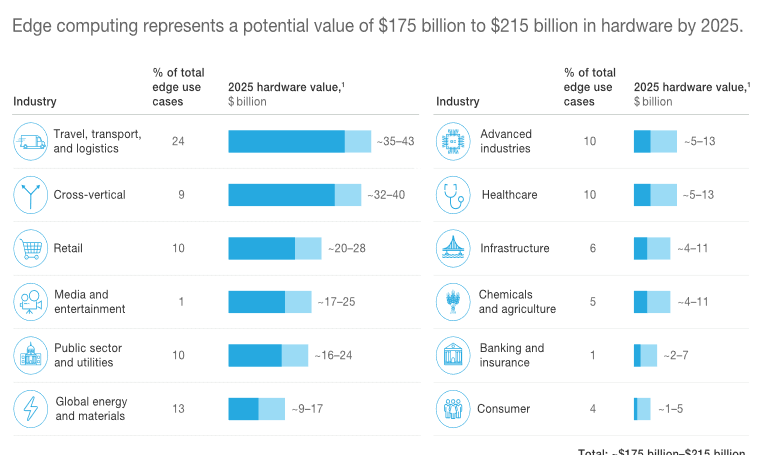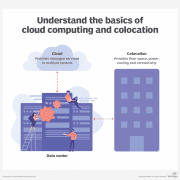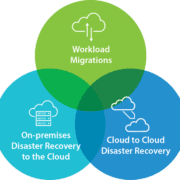GDMS, a strategic player in the transition to the local cloud
The public cloud, which is currently making record profits, is reaching its limits. More and more companies are considering repatriating their data as close as possible to their business center. The reasons are diverse: economic, ecological, sovereignist, or pragmatically for performance.
Yesterday, Wednesday, March 30, the French Business Club in Laos met at Metisse Restaurant. Mathieu Ploton from Global Digital Management Solutions presented how GDMS supports businesses and the Lao government in their transition to the domestic cloud.

GDMS Cloud Services Presentation for the French Business Club in Vientiane, Lao PDR

GDMS Cloud Services Presentation for the French Business Club in Vientiane, Lao PDR
Why a local cloud?
Data Privacy and Data Sovereignty
Nowadays, US and Chinese companies dominate the public cloud market. AWS, Azure, and Google Cloud represent two-thirds of the public cloud market share.

Public Cloud Provider Market Share in Q4 2021
The Clarifying Lawful Overseas Use of Data Act or CLOUD Act allows U.S. federal law enforcement to request data from U.S.-based technology companies regardless of geographical location. It means that data hosted in leading cloud companies such as AWS or Azure can by warrant be handed over to the US government. This could represent a sovereignty issue when it is related to sensitive data such as personal information.
As for Chinese companies, there are only a few cases where China compelled public cloud providers to release customer data.
Companies in Lao PDR and the government shall take this risk into consideration when selecting a location to store customer or citizen personal data. The best location will only be to host this data locally with a local company hence solely subject to the local law.
Local Cloud significantly improves user experience
There are two network parameters that impact the performance of web applications. Bandwidth and Latency. A common belief is that the former is the most impactful but it is actually not the case.

Page Load Time as Bandwidth/Latency Increase
Latency is the time for a packet to leave someone’s computer, reach the destination server and come back. When a user attempts to load a webpage, there are multiple sessions involved hence multiple back and forth between the user computer and the server.
The nearest public cloud provider from Laos is Singapore which represents a return trip of 40-50ms between the local user and the remote server. From a webpage loading perspective, it translates into 1s of load time between the time the user press enters and the time the webpage starts to load. This is quite significant, especially for users that work on business applications such as CRM or ERP which constant interaction to a remote web server.
By hosting a business application locally, the latency can be reduced from 45ms to less than 5ms. The impact on the user experience is immense and for business users, it also means a significant improvement in productivity.
Edge Computing, the future of cloud computing?
According to GlobalData, the market for edge computing in Asia Pacific (APAC) estimated to reach US$5.8bn by 2024, representing a compound annual growth rate of 21 percent over five years.
What Is Edge Computing? Edge computing is a distributed IT architecture that moves computing resources from clouds and data centers as close as possible to the originating source.
To foster the development of edge computing, it is crucial to develop in-country infrastructure. Datacenters of various sizes, fiber networks, local internet exchange. Edge computing in essence is deployed as close to the user as possible. A large data center in the city capital will not be sufficient to deploy edge computing but it is definitely a start.

Edge Computing Forecasted Value per Industry
Edge Computing enables the development of new applications: Smartgrid, Remote monitoring of assets, Predictive maintenance, In-Hospital Patient Monitoring, Traffic Management, Virtualised radio networks, and 5G, Cloud Gaming…
GDMS, an international company with a local reach
GDMS is the very first cloud service provider in Lao PDR. Our technology stack is deployed in a local data center facility in Vientiane that complies with international standards of availability and performance.
We partner with international vendors to offer cutting-edge cloud services to our customers in Lao PDR.

GDMS Cloud Services and Products
We have the ambition to deploy additional cloud availability zones in Lao PDR in the near future to enable Edge Computing Applications.











